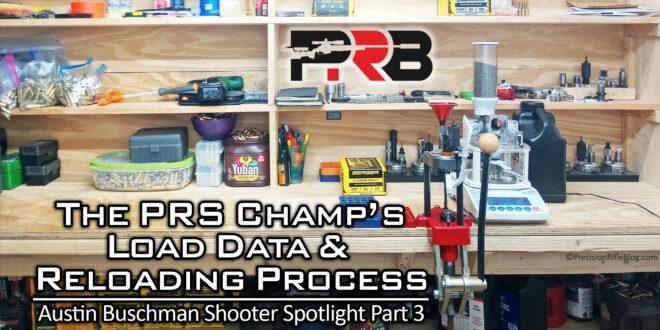A lot of people make reloading decisions based on bad math. They'll test whether or not something makes a difference with 5 or 10 shot groups, see that one group is smaller, and assume whatever they're testing made a difference. In reality it's often the result of statistical noise because they're not firing enough rounds to get a representative sample. This leads a lot of people to obsess over details that don't make a difference.
There are some details that can lead to a minor improvement on precision, but for most shooters it doesn't matter. In most situations, like hunting and PRS, you can't reasonably shoot well enough for a .7" group to hit when a .8" group doesn't. You're much more likely to miss because of a bad wind call, inaccurate ranging, or a lack of stability than a small difference in group size.
Decent precision and velocity consistency combined with good wind reading, accurate ranging, and the ability to build stable shooting positions is a winning combination for most hunters. Hits come from time behind the trigger in challenging conditions, not hours at the bench weighing powder to the milligram and trimming evey piece of brass within a thou.

